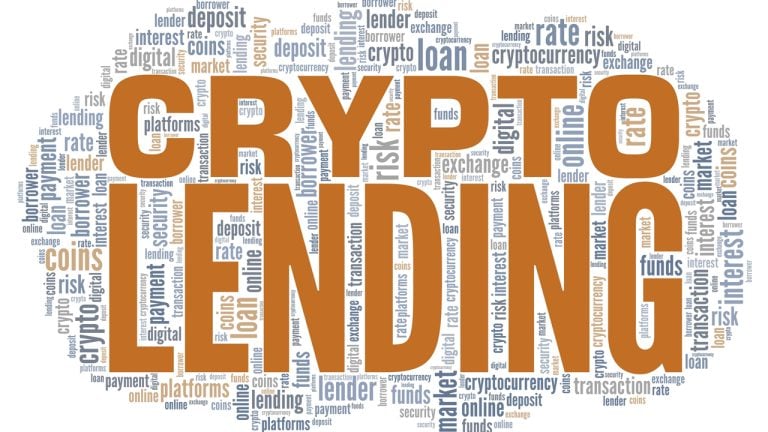
The stablecoin yield platform is being sued for customer losses following exposure to the Anchor Protocol and UST collapse last year.
Decentralized finance yield platform Stablegains has been sued in a Californian court for allegedly misleading investors and failing to comply with securities laws.
On Feb. 18, plaintiffs Alec and Artin Ohanian filed a complaint in the U.S. District Court for the central district of California.
In it they alleged that Stablegains, a DeFi platform launched in August 2021, diverted all of its customer funds to the Anchor Protocol without their knowledge or consent.
Anchor Protocol offered yields of up to 20% on the Terraform Labs algorithmic stablecoin, Terra USD (UST).
“As an early supporter of and investor in TFL [Terraform Labs], Stablegains is intimately familiar with UST and LUNA. In fact, Stablegains, Inc. falsely advertised UST as a safe investment.”
Stablegains offered a 15% gain for its customers, pocketing the difference from yields offered by Anchor Protocol.
The plaintiffs are also claiming that Stablegains broke federal securities laws, alleging that UST was a security:
“Stablegains plainly failed to comply with federal and state securities laws. Stablegains failed to disclose that UST is in fact a security.”
The complaint added that the firm failed to register with the U.S. Securities and Exchange Commission either as a securities exchange or as a broker-dealer.
The Ohanians stated that there were “disastrous consequences for Stablegains’ customers,” following the collapse of the UST ecosystem in May 2022. UST de-pegged from the dollar causing a broader run on DeFi and crypto markets in May and an eventual loss of around $18 billion from the Terra/Luna ecosystem.
Following the collapse, Stablegains allegedly altered its website and promotional material touting UST as “safe” and “fiat-backed,” effectively conceding that UST was none of those things, the complaint stated.
Instead of liquidating assets and returning funds to customers, Stablegains , “retained the majority of the devalued assets deposited by its users, unilaterally opting to redirect them into Terra 2.0,” it added.
We’re discontinuing the Stablegains service. Please withdraw your remaining funds.
— Stablegains (@stablegains) May 21, 2022
See the anticipated timeline + a letter from the team here: https://t.co/ebx4Z78sp1
On May 22, Stablegains discontinued its services, apps, and support for Anchor Protocol, requesting that users withdraw their funds. As reported by Cointelegraph, Stablegains was hit with a similar lawsuit at the time.
Related: SEC sues Do Kwon and Terraform Labs for fraud
The specific amount sought in damages was not detailed, however, the plaintiffs did demand a trial.
On Feb. 16, the SEC filed a lawsuit against Terraform Labs and its founder, Do Kwon, for allegedly “orchestrating a multi-billion dollar crypto asset securities fraud.”













